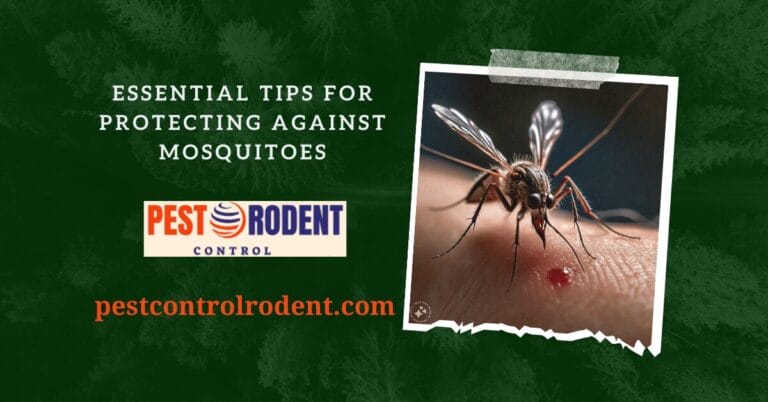The Ultimate Guide to Dealing with Bed Bugs – Expert Advice
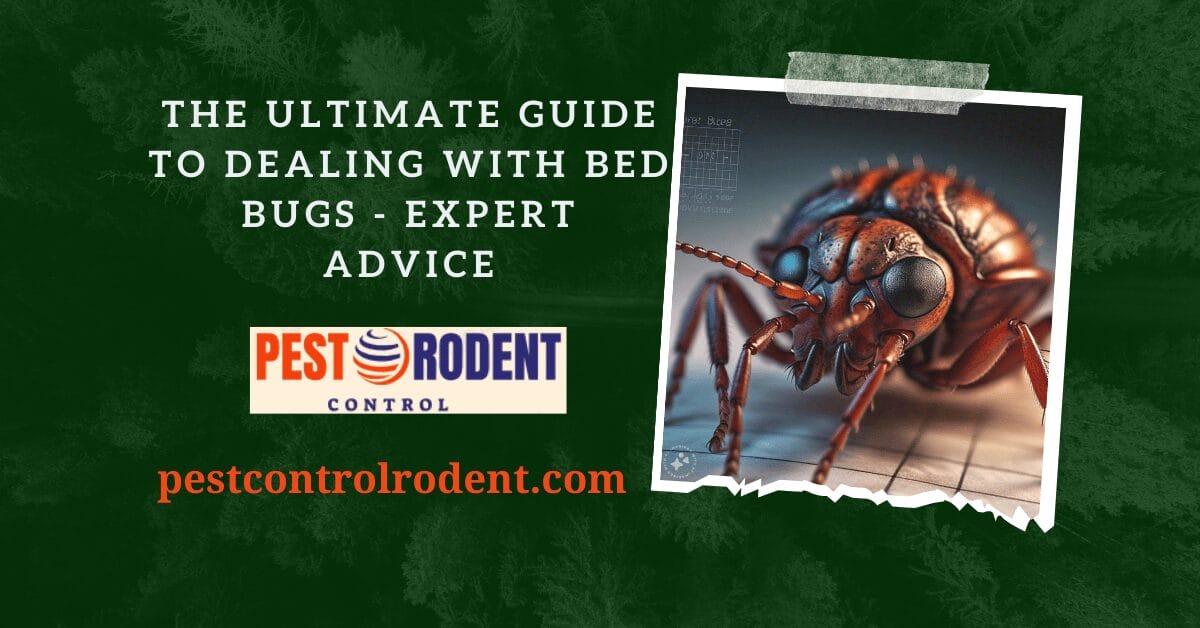
The Ultimate Guide to Dealing with Bed Bugs – Expert Advice
Waking up with itchy, red bites can be a nightmare for anyone. If you find yourself in this uncomfortable situation, you might be dealing with bed bugs! These pesky critters can turn your serene abode into a place of distress. In this ultimate guide, you’ll learn everything you need to know about identifying eliminating, and preventing bed bug infestations.
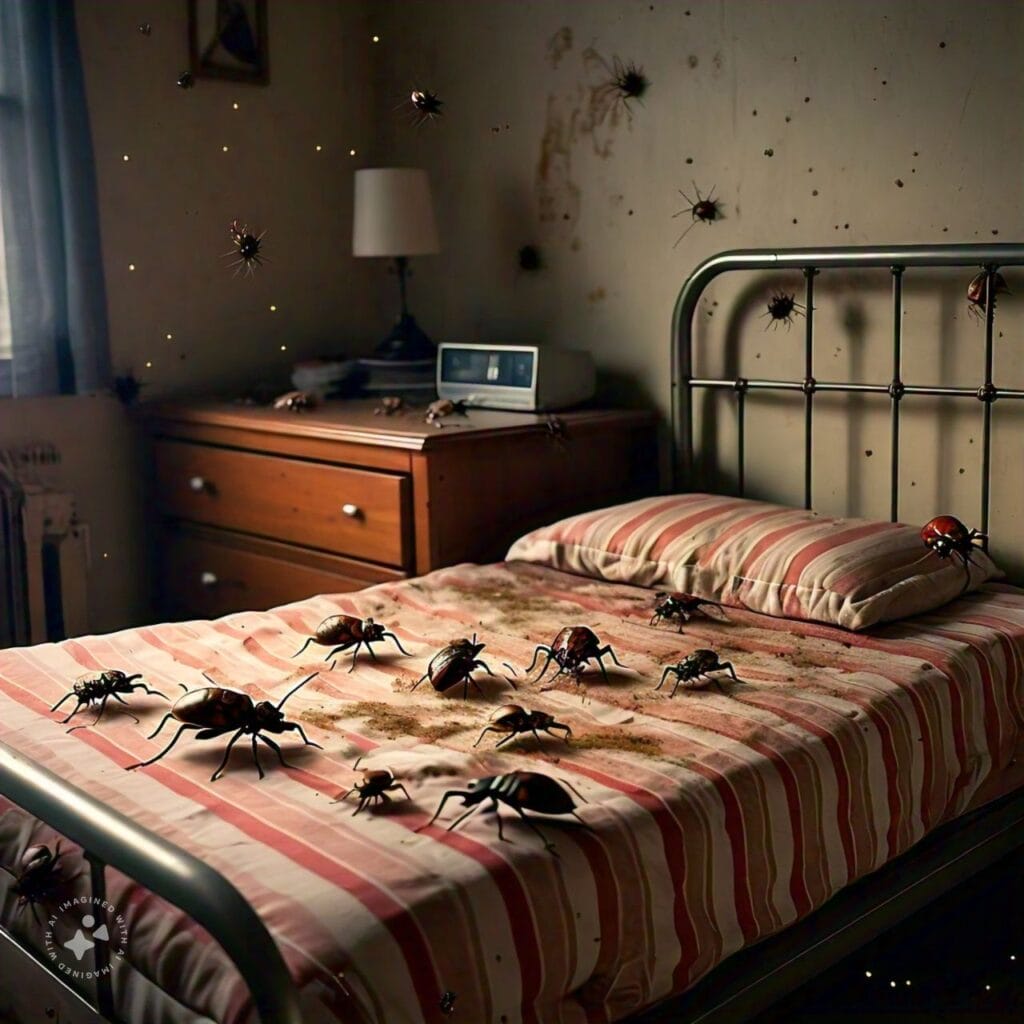
What are Bed Bugs?
Bed bugs are small, oval-shaped insects that feed on human blood. They are usually active at night when people are sleeping. Adult bed bugs have flat bodies, about the size of an apple seed, but after feeding, their bodies swell and are reddish in color.
Where Do They Come From?
Bed bugs can enter your home undetected through luggage, clothing, used beds and couches, and other items. Their flattened bodies make it possible for them to fit into tiny spaces, about the width of a credit card. Bed bugs do not have nests like ants or bees, but tend to live in groups in hiding places. Initially, they tend to be located in mattresses, box springs, bed frames, and headboards where they have easy access to people to bite in the night.
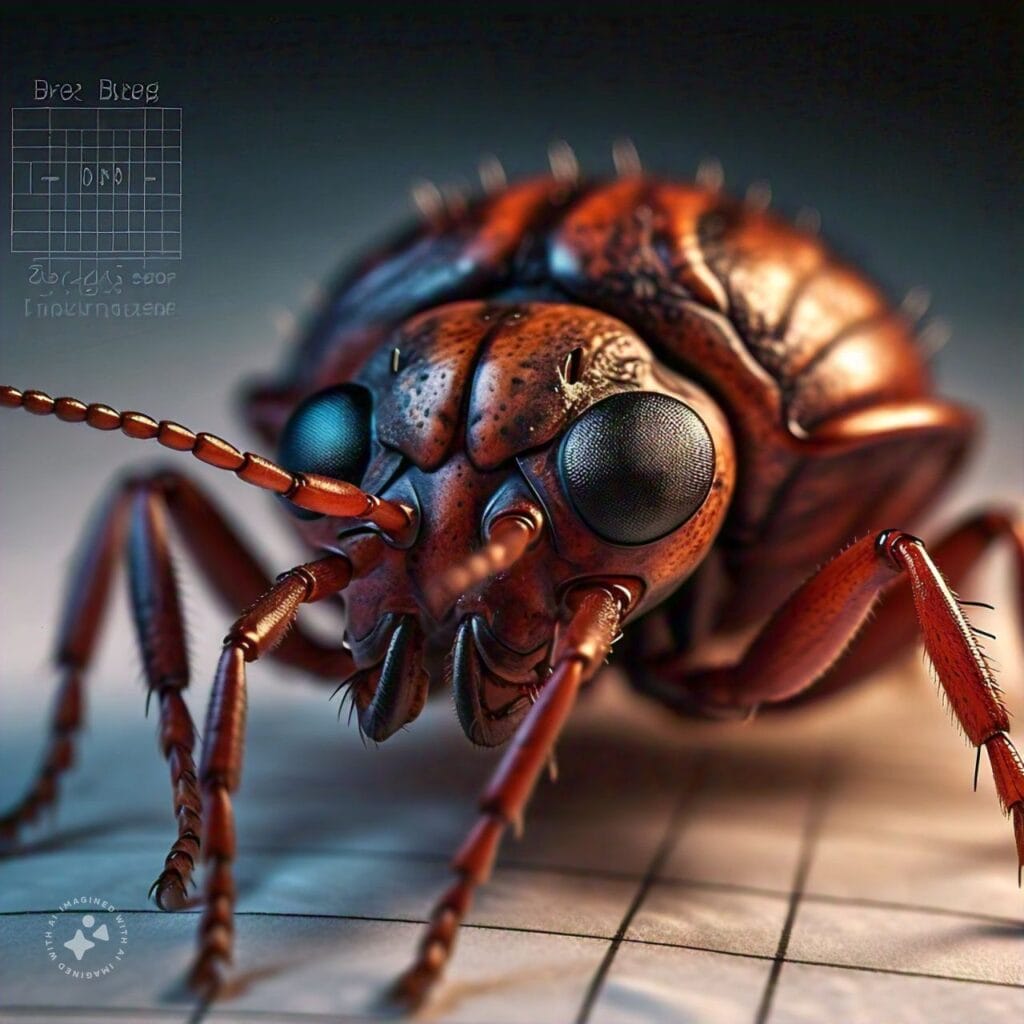
Signs of an Infestation
One of the most dreadful things about bed bugs is that an infestation can go unnoticed until it becomes severe. Here are signs to look for:
- Blood stains on your sheets or pillowcases
- Dark or rusty spots of bed bug excrement on sheets and mattresses, bed clothes, and walls
- Bed bug fecal spots, egg shells, or shed skins in areas where bed bugs hide
- An offensive, musty odor from the bugs’ scent glands
If you wake up with itchy areas you didn’t have when you went to sleep, especially when your bed, furniture, and other areas have signs of infestation, consider bed bugs as the potential culprit.
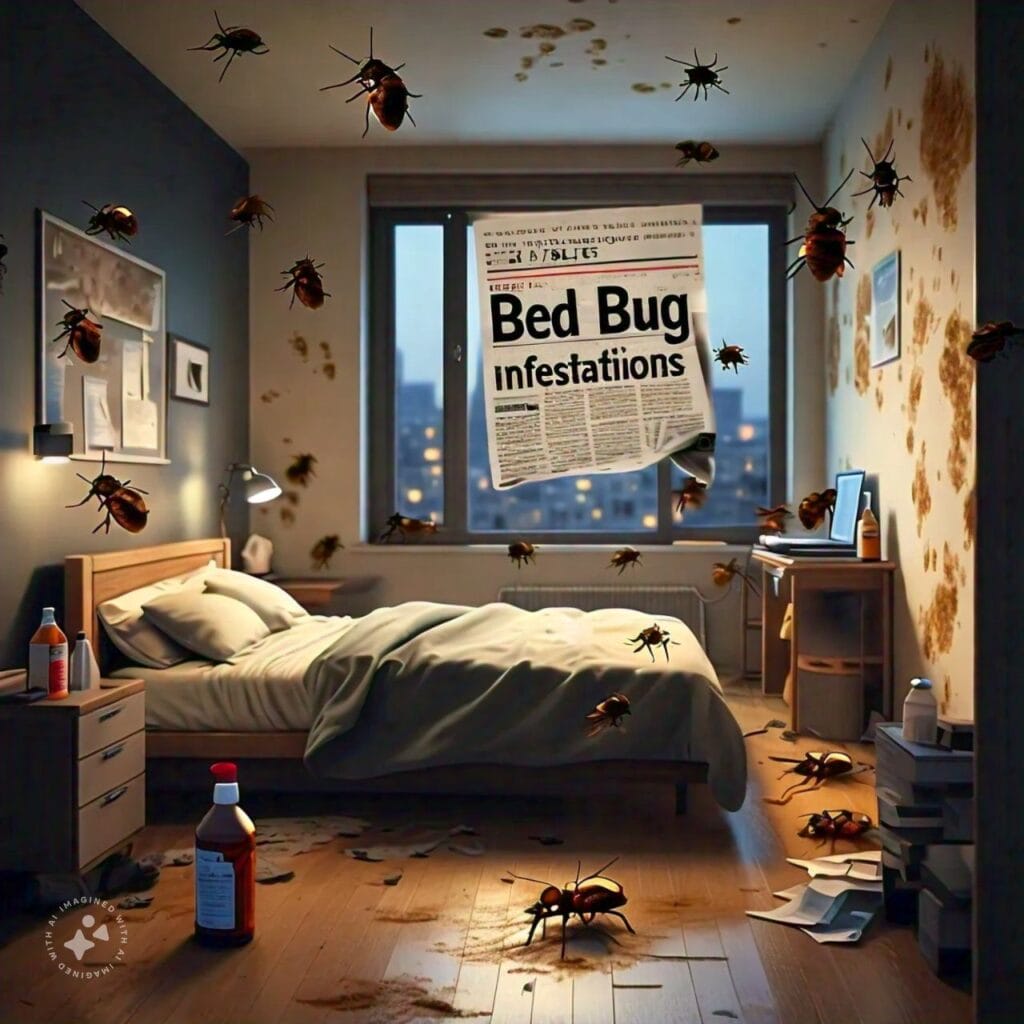
How to Check for Bed Bugs
Bedroom Inspection
- Check the mattress and headboard: Look for signs of bed bugs in the seams, tags, and crevices of the mattress. Headboards secured to walls should also be inspected.
- Examine furniture: Check in and around your nightstands and dressers. Be sure to look inside drawers and other furnishings as well.
- Inspect other areas: Look behind wall decor, light switches, electrical outlets, and baseboards. Bed bugs can also hide in fabric-covered items like chairs and sofas.
Using Detection Tools
You can use bed bug interceptors — placed under the legs of furniture to trap bed bugs — to help monitor for these pests. Bed bug detectors and pheromone traps are also available in the market, providing another way to check for bed bugs.
Professional Versus DIY Bed Bug Control
Once you’ve determined that you have bed bugs, deciding whether to call a professional or attempt to handle the situation yourself is crucial. Here are some things to consider:
DIY Bed Bug Removal
- Vacuuming: Thoroughly vacuum all areas where bed bugs might reside. This includes the bed, furniture, carpets, and hidden spaces. Immediately dispose of the vacuum cleaner bag in an outside trash bin.
- Washing and Heat Treatment: Wash all bed linens, curtains, and clothing in hot water and dry them on the highest dryer setting. For items that can’t be washed, heating them in a clothes dryer on a high setting for 30 minutes may be effective.
- Freezing: Bed bugs are also susceptible to extreme cold. Items that cannot be washed can often be treated by placing them in a freezer at or below 0°F (-18°C) for at least four days.
Professional Extermination
Professional exterminators can offer more comprehensive solutions such as:
- Pesticide treatments: These are specifically designed to target bed bugs. Professionals have access to more effective pesticides that are not available to the public.
- Heat treatments: This method involves heating the entire room or home to temperatures lethal to bed bugs. Only professionals can properly monitor and administer these treatments, ensuring safety and effectiveness.
Preventing Future Infestations
Prevention is always better than cure. Here are tips to help keep your home bed bug-free:
- Travel Smart: Inspect your hotel room for bed bugs before settling in. Keep luggage away from the bed and walls and on a luggage rack.
- Regular Inspections: Periodically check areas where bed bugs might live, even if you haven’t noticed signs of them.
- Maintain a clutter-free home: Reducing clutter takes away hiding places for bed bugs.
- Seal Cracks and Openings: Seal openings where pipes and wires come into your home. Fix peeling wallpaper and cracks in the paint to eliminate hiding spots.
Conclusion
Dealing with bed bugs can be a stressful and daunting task. By combining preventive measures with effective eradication techniques, whether DIY or professional, you can manage, eliminate, and prevent these unwanted guests from making your home theirs. Remember, the key is to act swiftly and thoroughly at the first sign of an infestation to minimize the impact and reduce the chances of a recurrence. Stay vigilant and maintain a proactive approach to keep your living environment peaceful and bed bug-free!




